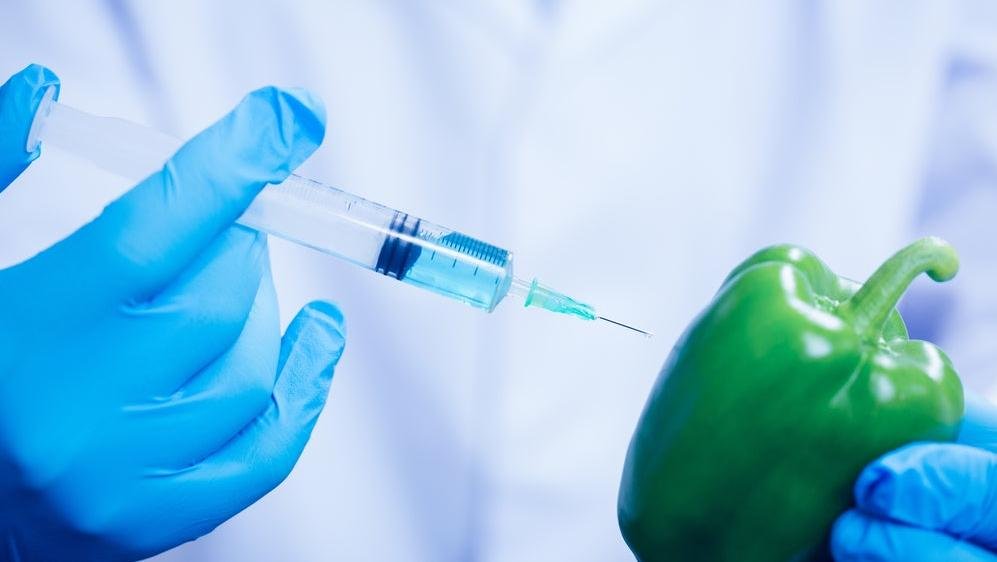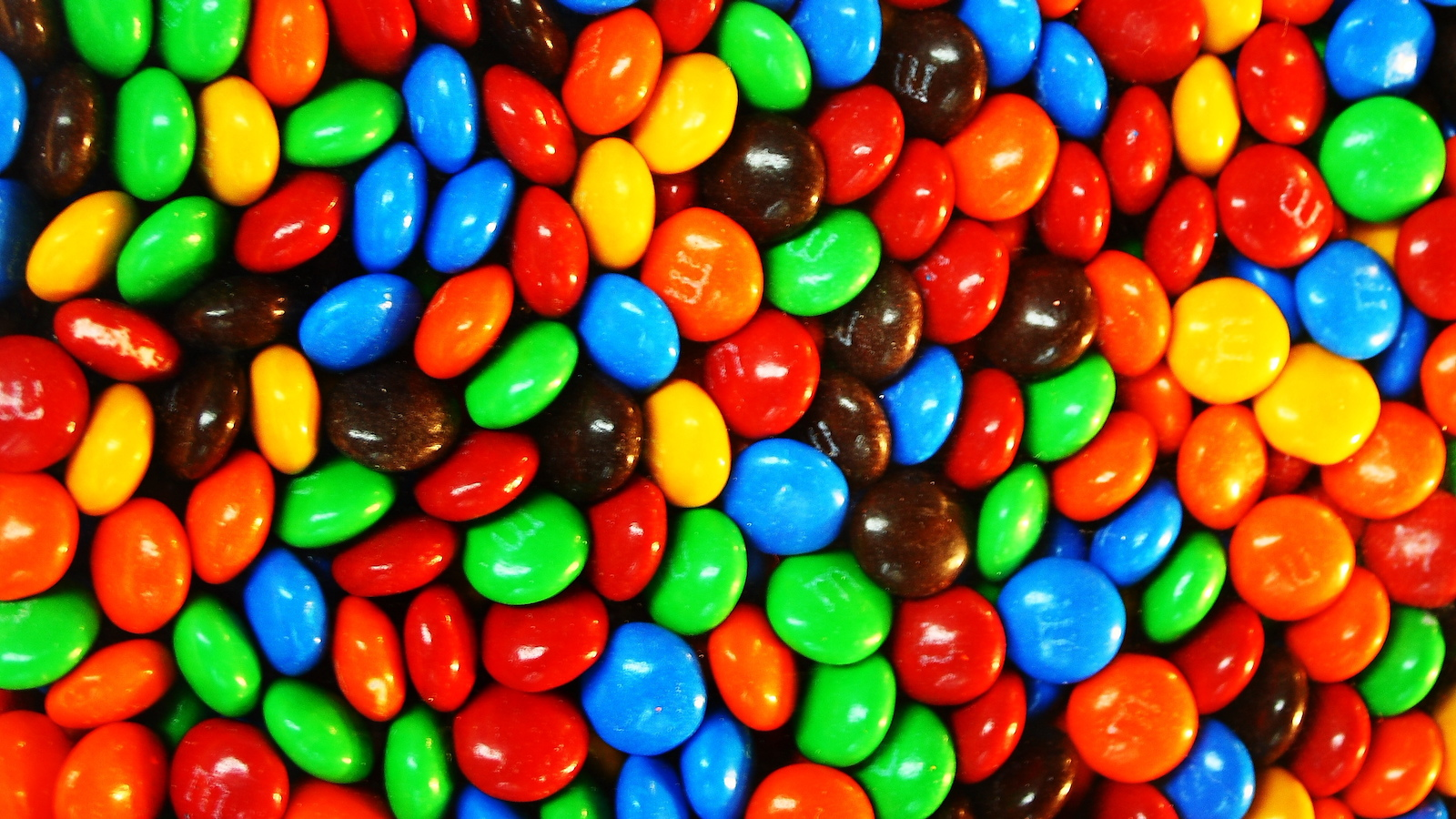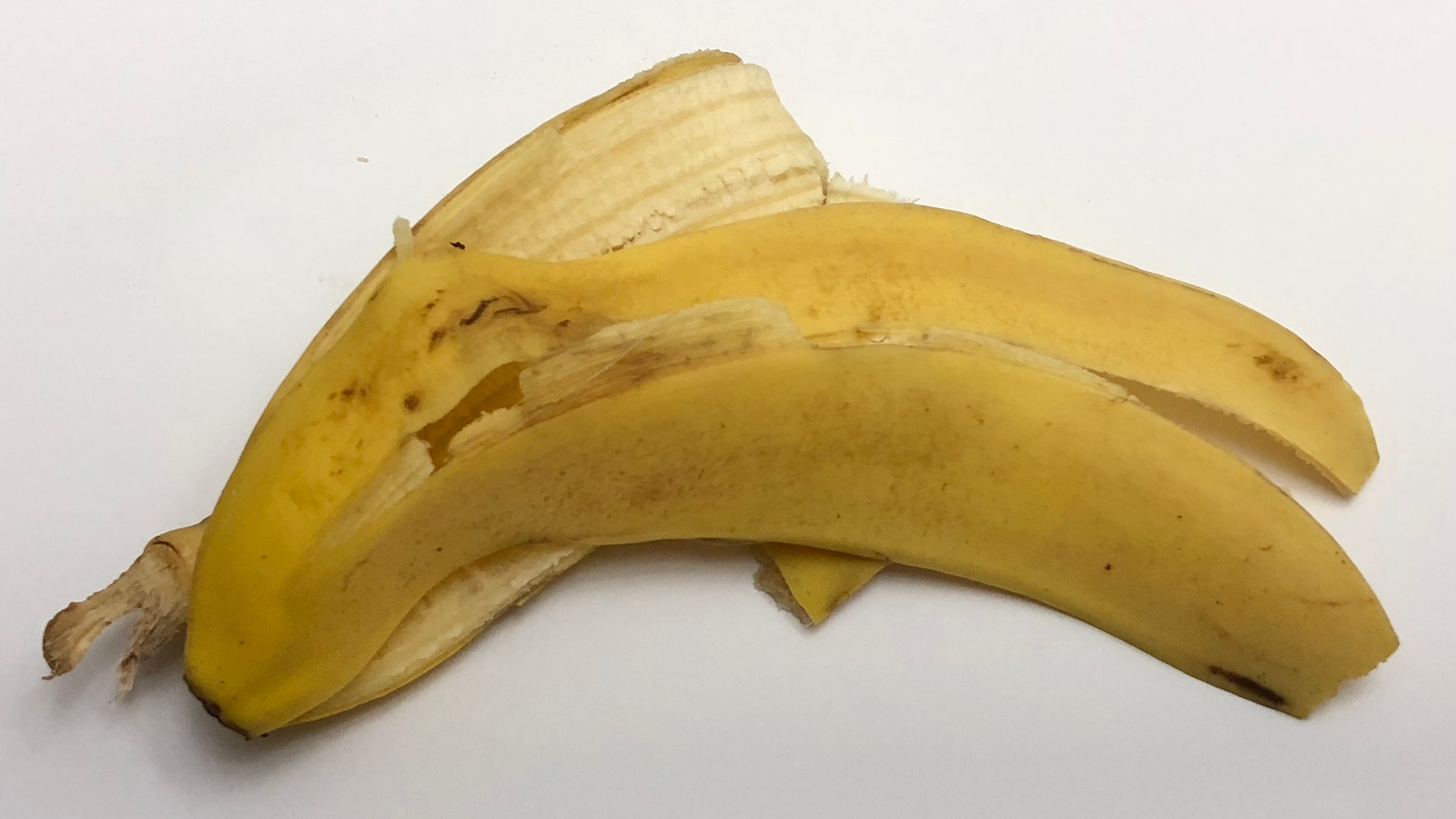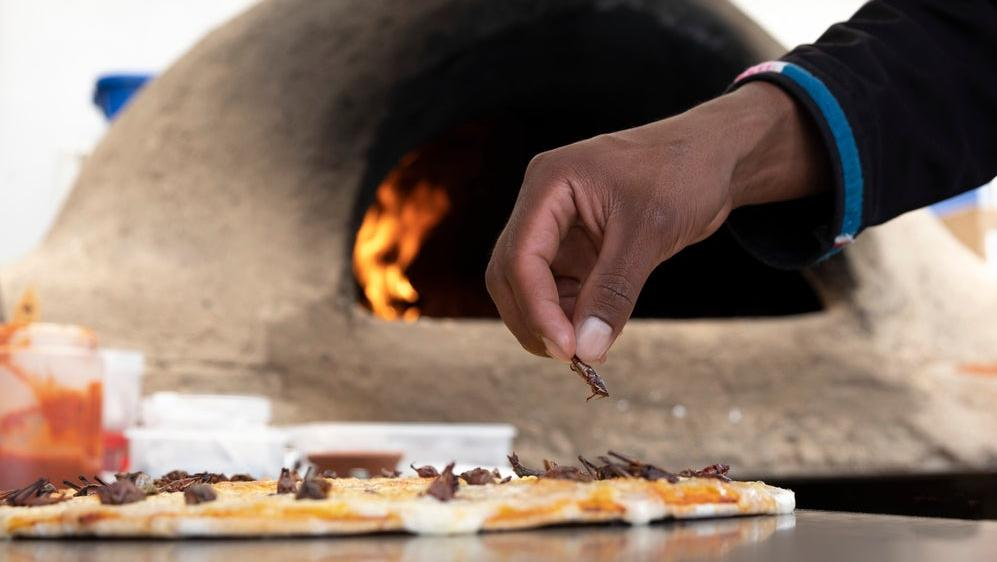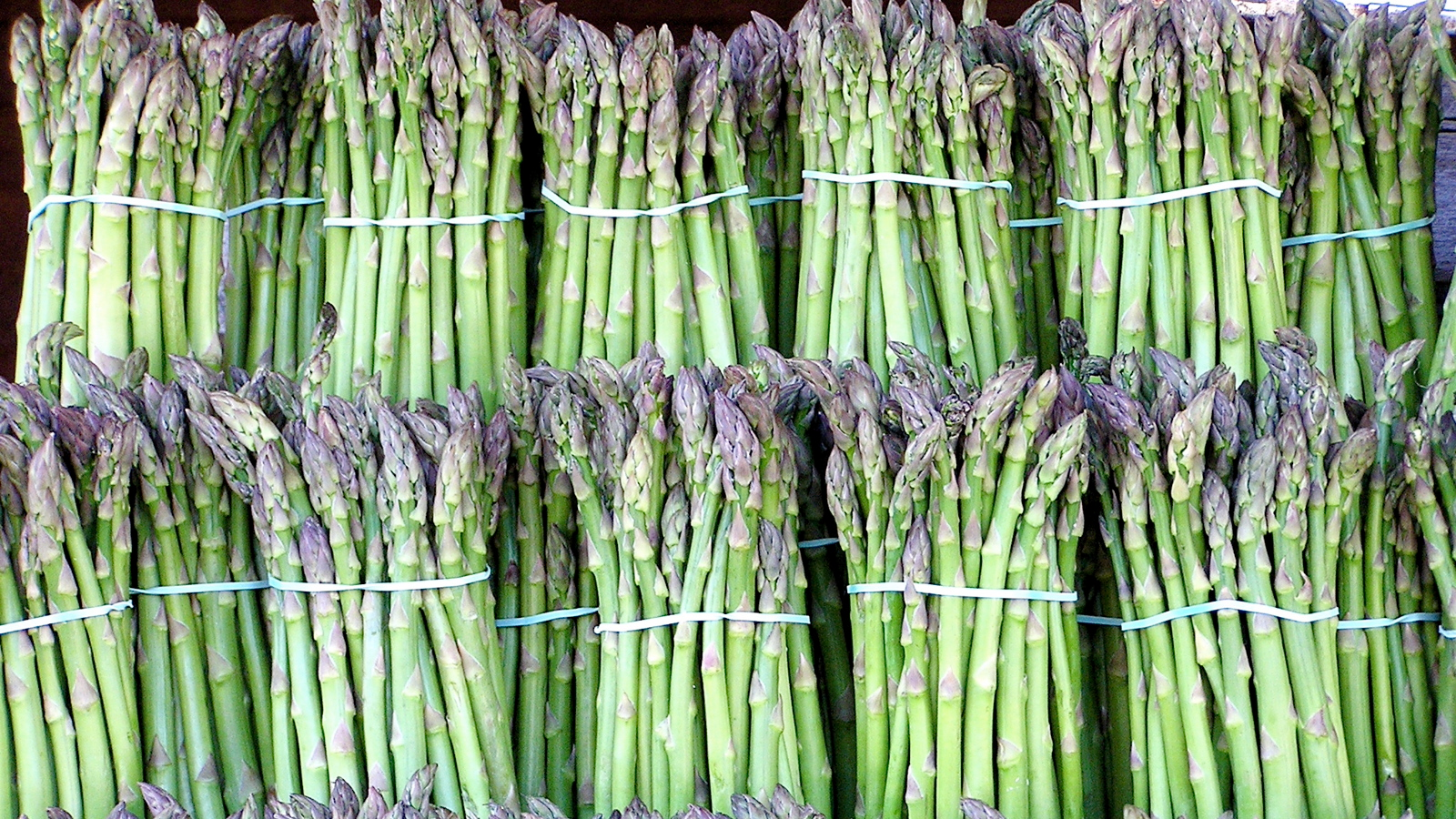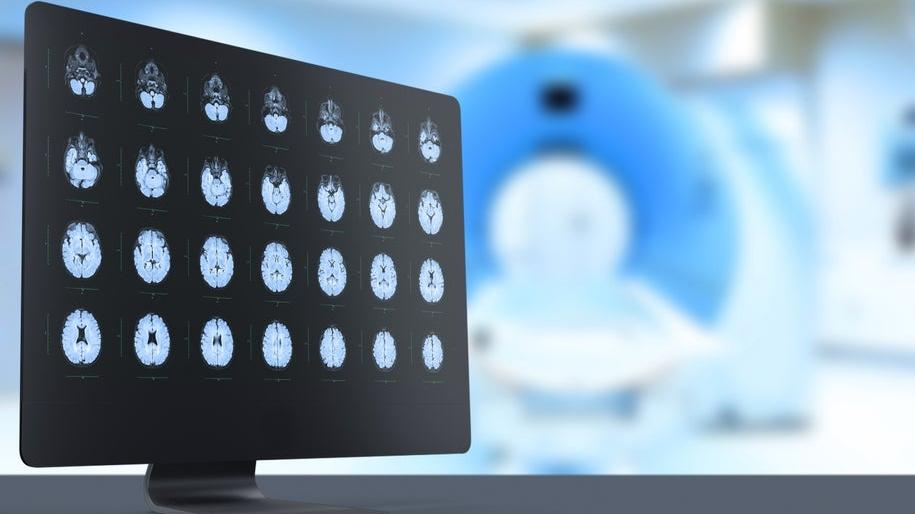7 Of The Most Fascinating Research Studies About Food
So this is what scientists get up to during their downtime.
Anyone who enjoys eating food owes a great debt to scientists. They have provided us with vital information like the impacts that ultra-processed foods have on us. They've also tackled mysteries which are more esoteric and, most likely, have no useful application, like how many hot dogs a person is capable of eating.
Today, we're going to focus on the latter: the scientific studies of food that are, to use a scientific term, weird. The weirdness may lie in the hypothesis, the methodology, or in the conclusion—and often, all three! Let's science.
Feeding M&M’s to horses can disqualify them from races
When you think about performance-enhancing drugs in horse racing, your mind may not typically jump to candy. But, according to researchers at the Ohio State University, it should. Their 1998 study (inspired by a news story) involved feeding three healthy mares 20 peanut M&M's every day for eight days while periodically collecting and testing their urine. It was found that their urine did show noticeable traces of caffeine and theobromine, which would have caused them to fail a drug test and be ineligible to race. If any racehorses reading this are ever offered M&M's, just say neigh.
It’s possible to unboil egg whites
Indecisive breakfasters, rejoice! An international team of geniuses has found a way to return boiled egg whites back to their original state. Granted, it's not the simplest or most appetizing of processes (see above). But it's still a cool achievement with many positive implications, and it was thusly awarded with the 2015 Ig Nobel Prize. You can read more about the team's cracking research right here.
How slippery are banana peels, exactly?
Slipping on a banana peel is one of the funniest and most ubiquitous tropes in pop culture. But have you ever wondered about the science behind it? Probably not, but that science has been done. A team of Japanese researchers delved deeply into the anatomy of a banana's skin, even running a series of simulated slips and comparing it to other fruit skins.
Their 2012 report concluded that banana peels have a measured frictional coefficient of about 0.07 (ooooh, I guess). The slipperiness is primarily caused by a gel that a banana peel's follicles secrete when pressure is applied to it from, say, a person's foot. The researchers' work was also honored by Ig Nobel and provides closure to many brides all dressed in white.
Pizza topped with larvae isn’t so bad
We're most likely going to be eating insects in the future. Therefore, it makes sense to do some research and actually see if people enjoy creepy crawly dishes. Such was the aim of this recently published study that got consumers to evaluate three different pizzas: one was topped with bacon, one with intact mealworm larvae, and the other with minced larvae.
And what do you know... consumers liked the taste of larvae pizza much more than they expected to. (Although, contrary to their beliefs, larvae pizza is not healthier than bacon pizza.) Here's to a delicious, more sustainable future.
Not all asparagus urine is equal
Asparagus is not only worthy of its own museum, it's also worthy of scientific research. One such study made a startling discovery in the combined fields of asparagus and urology: not everyone who consumes asparagus produces urine with a distinctive smell. Additionally, not everyone is able to perceive the unique odor of asparagus-scented pee. While this was quite a narrow study (only 38 participants), it still offers an interesting insight, and a fun anecdote to bring up at parties. Special shoutout to the participants who were willing to sniff strangers' urine in the name of science. Where would we be without you?
Soy sauce can assist in MRI scans
Researchers at the Queensland University of Technology were about to undertake a study on sleep posture but were shocked at the high cost of MRI markers, small objects used during MRI scans to pinpoint relevant parts of the body. This problem ended up spawning an entirely new study in 2018: Can everyday objects be used as cost-effective alternatives to commercial MRI markers?
It turns out they can. After testing a range of items, those little fish-shaped soy sauce containers returned positive results, as did a fish oil capsule and paint ball pellet. Not bad, considering the "official" markers can cost as much as $10 apiece, and a typical MRI can require upwards of 50 markers.
The lollipop conundrum
It's the age-old question: how many licks does it take to reach the center of a lollipop? There's no need to ask Mr. Cow, Mr. Fox, Mr. Turtle, or Mr. Owl—just ask the fine folks at New York University and Florida State University.
Their 2015 study involved immersing hard candy in a water current and calculating how many flows it takes for the candy to erode into nothing. From there, they formulated an estimate of how many licks it would take to get to a lollipop's center: about 1,000. Unless, of course, you're someone who only licks a couple times and then bites down with a crunch. That'll be covered in a different study, probably.
